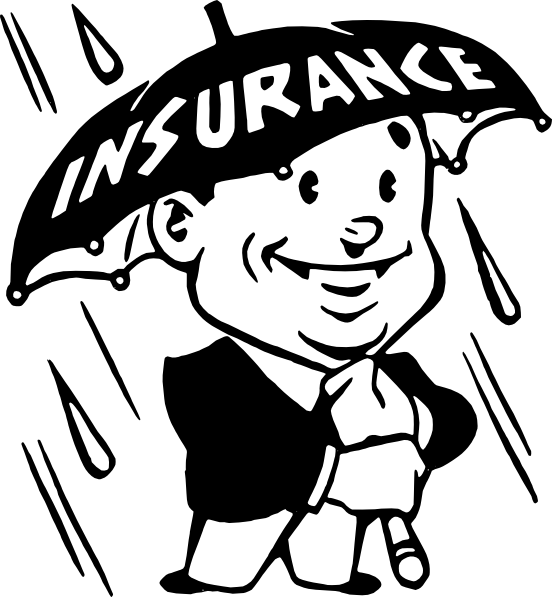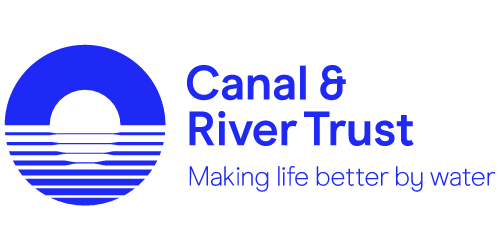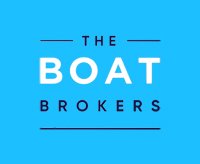It is often said that
“the narrowboat will choose you, rather than the other way”
01
Search
Firstly, search our website to find a boat that’s suits your needs.
02
Register
If you don’t see something you like be sure to register here and we’ll inform you of any boats that get listed that suit your needs. The registration process is quick and simple.
03
Get in touch
We can’t get everything about a boat on the sales particulars. So, if you see a boat you like, then it’s worth getting in touch for more information e.g. service history, blacking history, previous surveys etc.
If you’re not exactly sure what you want, then why not have a chat with the broker who will certainly be able to help.
04
Viewing
This could be the boat for you. So why not arrange a viewing. We will always accompany you on a viewing and answer any further questions you may have.
05
Make an offer
06
Deposit
If your offer is accepted, you pay a 5% deposit which secures the sale, prevents further bids and the boat is taken off the market. You have a certain time period to perform checks/survey the boat.
07
Survey
We will wait to have the survey back in in writing before we talk through the technical stuff and explain what is important. We only look at boat safety, insurance issues or anything that prevents the fundamental operation of the boat. If further negotiation is required, we’ll work with you and the vendor to agree a deal that is fair and reasonable. Delve deeper for more information
08
Completion
Once all parties agree and the final price is re-confirmed, all that remains is for you to pay the balance. For this transaction we accept bank transfers (CHAPS or BACS). Please note, we require cleared funds 24 hours in advance of the completion date, before the keys are handed over and the boat becomes yours.
FAQ’s about the buying process
Get answers to some of our most frequently asked questions about buying a boat.
Remember, these answers are provided as general guidance, and it’s important to consult relevant professionals to ensure compliance and a smooth selling process for your boat.
Should I have a survey?
Buying a used boat is usually a major investment. Used boats are also sold without a warranty.
So, it is our strong recommendation you get a survey done when buying your boat. That way, you can be confident your boat is at minimum structurally sound.
Don’t worry if you don’t know any, as we can help you with our list of reputable surveyors.
You will usually receive your report within 3/5 days and will list your surveyors’ findings and recommendations.
There’ll always be issues on survey. Hopefully, they are all minor but some can be more serious. We’ll ask you to send us a copy of the report or a summary, so that we can discuss the issues.
The survey can also be used to ensure the vendor has any repairs carried out prior to completion, or to perhaps re-negotiate the sale price, to take into account the cost of the repairs, that you may have to do
Three different types of surveys exist

Do I need to insure my boat?
The simple answer is yes!
It’s vital that you take out insurance from the day of completion. It is also compulsory before you can apply for your waterways licence.
Insurance will give you the protection you need should your boat get damaged or stolen. It can also provide cover should you accidentally damage another person’s boat or if you injure someone.
Considering the sums of money involved in your investment boat insurance is relatively inexpensive.
There are generally two types of insurance. Fully comprehensive and third party. These are similar to other types of insurance on the market. Levels of cover and the premiums do ary widely, so be sure to shop around.

Do I need a licence?
The simple answer is yes!
Almost all waterways are maintained by a waterway authority – and their work needs to be paid for. So, you need a waterway licence before navigating on their waters, whether you are visiting briefly, cruising for weeks or planning to live aboard.
The two principle waterways authorities are Canal & Rivers Trust (formally British Waterways) who care for about 80% of the canal system and several rivers, and the Environment Agency (EA) which looks after the non-tidal Thames, the Anglian Waterways, the Medway and others through its regional offices.
There are several smaller navigation authorities, such as Avon Navigation Trust (ANT) which looks after the River Avon between Stratford- upon-Avon and Tewkesbury and you will require a separate licence for this waterway.
You can now apply for your licence online at info@theboatbrokers.co.uk
You will need your insurance and a current boat safety certificate.


Can I get boat finance?
Purchasing a narrowboat is a large investment and depending on your circumstances and budget, financing this purchase can be under taken in a variety of different ways. A marine mortgage is just one of those ways.
There are very limited number finance companies now offering flexible boat financing options on narrowboats.
You’ll be able to spread the cost of your new purchase into manageable monthly repayments over a period of up to ten years. But most do ask for a sizeable deposit, typically 20% of the value.
Beware, some will only offer finance if you are a leisure boater and not as a residential boater. Of course, this also depends on your personal circumstances.
The Boat Brokers are not members of the Financial Services Authority, and recommend you seek professional financial advice.



Ask a question?
Do you have a question?
Have a question about how we work or if we can do something specific for you?
Just need some advise about how to sell Whether you're looking for your new dream canal boat, are looking to sell on, or are just seeking some advice, our expert team can help.
You can get in touch with us by simply using the form below, emailing info@theboatbrokers.co.uk
or simply give us a call on 07960 768724.or buy from a expert in the field?
Just send us your query and we will be in touch to best help you.

